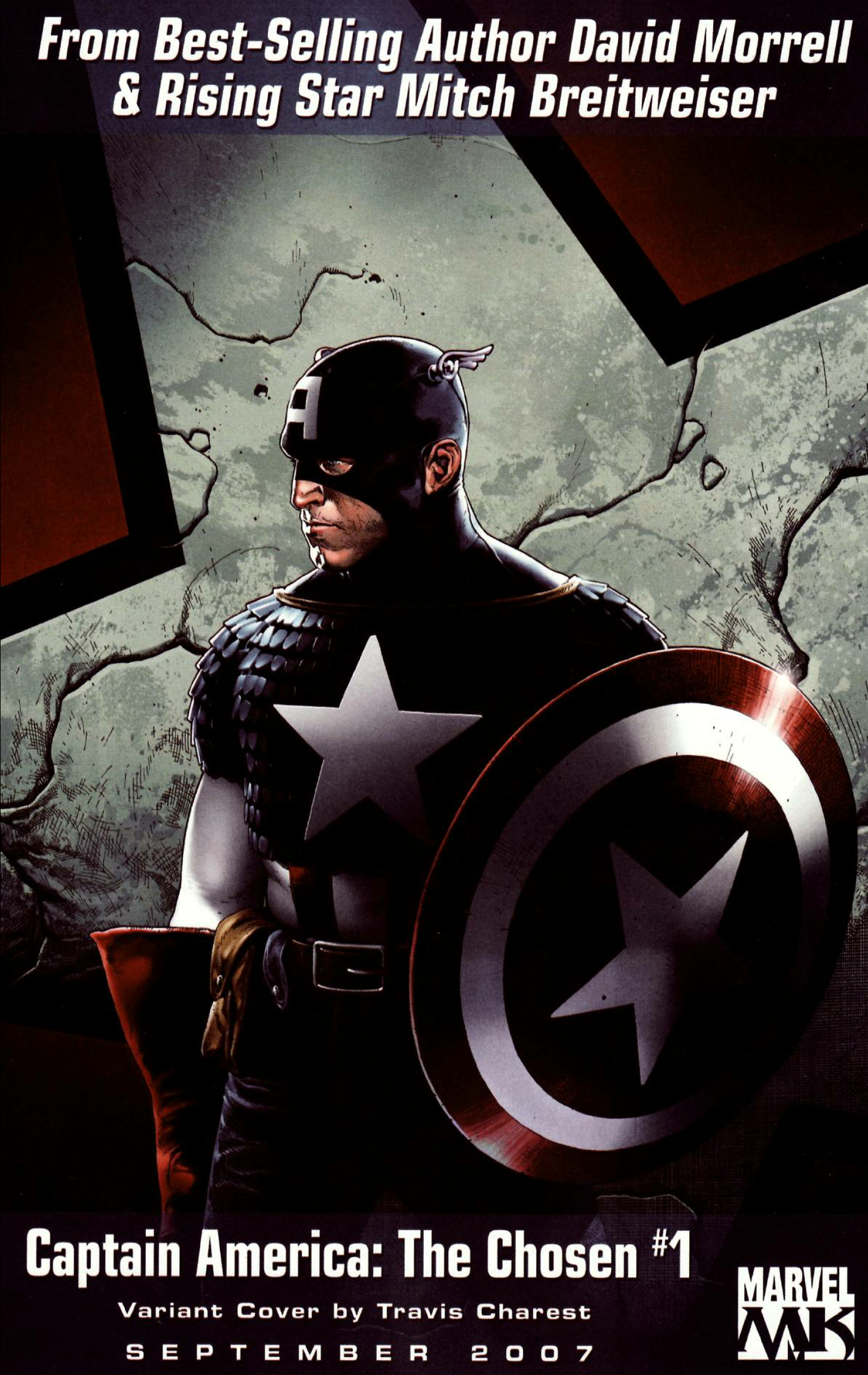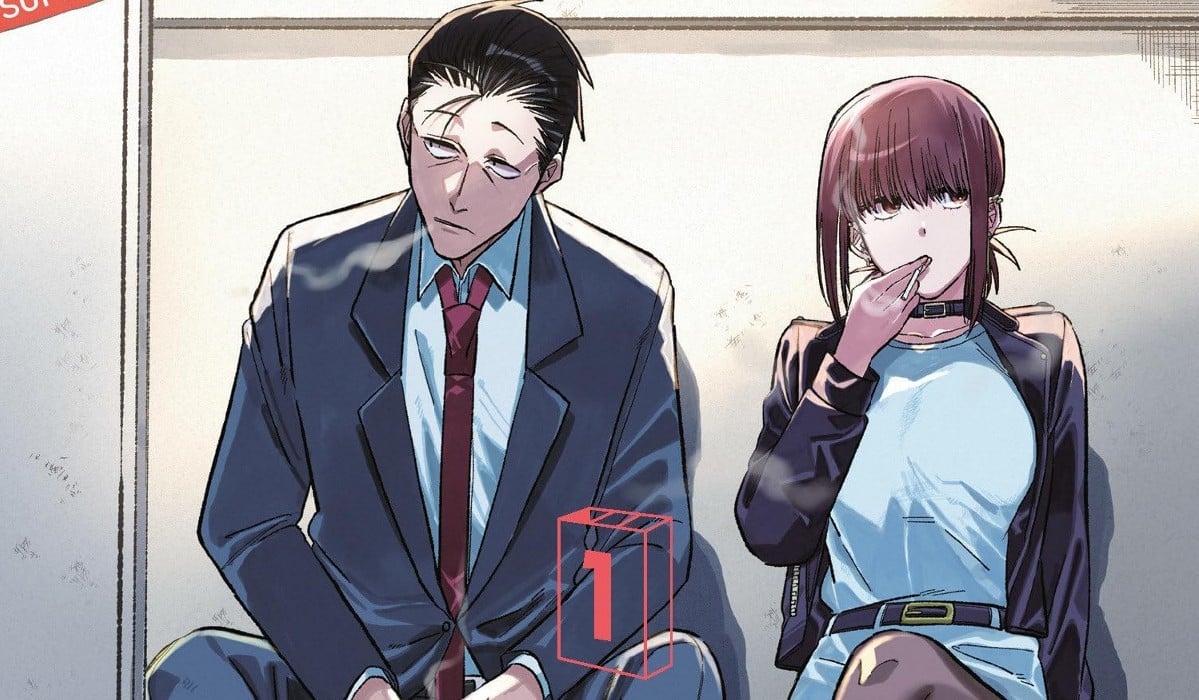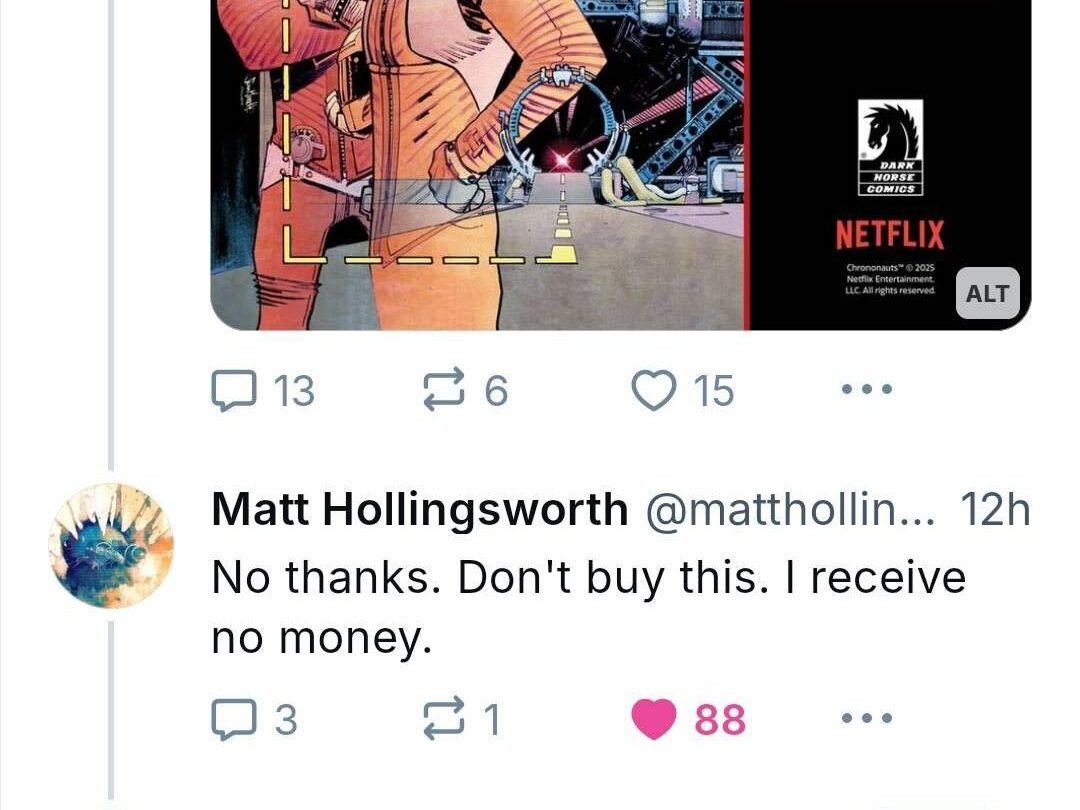Frank M. Young | May 22, 2025
The hopeless quest for fame and status, by those least able to achieve either, is priority #1 for Noah van Sciver’s hapless, self-absorbed characters. Those familiar with the heartbreaking misadventures of Fante Bukowski may at first deem Beat It, Rufus more of the same. Its main figure checks many of the shared boxes: massive hubris; solipsistic trains of thought (with a million boxcars); no clue of the emotional and physical wreckage they leave in their wake.
Rufus Baxter is one up on poor Fante though, he has reached some small pinnacle of success. Though his self-assurance is comical, given the low bar life has set for him, he achieves one small triumph recognized by the world around him. The quixotic quest at the heart of this fast-moving, funny-sad graphic novel forces Baxter to contemplate people from his past whom he’s hurt, betrayed and abandoned. He rakes himself over the hot coals of his past, as cartoon stalwart devil and angel figures force him to acknowledge the utter shambles of his existence.

A member of a mega-obscure heavy metal band Funky Cool, whose lone release is a little-known, cassette-only issue from the long-defunct Bliggums Records, Baxter comes into our lives at the end of his tether. Years of wearying solo gigs, false starts and broken promises inform his cynical worldview. Like the world-worn narrator of a film noir, Rufus begins the book as he observes a young, unknown band do their thing in a nightclub:
There are thousands of guys like me in every city in every country in the world. Playing every evening at your favorite venue. Your favorite dive bar. Your country fair. Grinding away. Opening for the opening act … playing and playing and praying … year after year, waiting for our turn. Working for the dream.
The lure of stardom and the thrill of playing before an audience keep the Rufuses of the world going. This soliloquy speaks to any person who’s toiled at their labor of love, their efforts ignored or dismissed by a culture too jaded to care or risk their time and patience on a complete unknown.
Baxter’s is a twilit world, emphasized by Van Sciver’s color palette. Sunshine and bright light don’t exist within the pages of this book. Imagine the look of all night-time scenes in Hergé’s Tintin stories. That’s the constant vibe of Beat it, Rufus! It creates a simpatico effect; we get that Rufus is a marginal denizen whom life keeps in the shadows. Direct sunlight might cause him to melt or crumble. The night is his world, and the marketplace where he struggles to sell his wares.

Behind the wheel of his rattletrap car, its interior full of scraps of his life, Baxter travels in search of resolution. He recalls Becky, a young fan (and hook-up) from his metal days of the 1980s and tracks her down. Now a middle-aged mom in the Midwest, she’s at first leery of this bedraggled remnant of her past, but she behaves as a true Christian and accepts Rufus back into her life. Becky encourages him to reunite with the two members of Funky Cool, whom he assumed were long-dead. When he confesses that Bliggums Records fleeced him out of what he believes are millions in royalties, she puts him on a miserable path to New Jersey, where he hits a dead end as we experience the low point of his life.
Rufus resembles a character from 1970s Doonesbury. His face is a curious frieze, with its jutting lower jaw, pickle nose, gaunt cheeks and wary eyes. One can imagine a younger Harry Dean Stanton in the role (in the conditional movie that plays in our head as we read). It’s an odd visage. Its frozen expression suggests a person who’s held in a stunned state by life’s misfortunes.
Van Sciver’s cartooning has developed a brisk shorthand over the past decade. After the complex natural backgrounds of The Hypo and Johnny Appleseed, his lines are now earthier and more aggressive — a good fit for the overactive emotional state of his protagonist. His line hums with energy and expression, and his human figures are suitable for animation with their agreeable shapes and attitudes. The record executive, who I assume is Bliggums, is a round, arch figure drawn in curlicues. His face is a blank beaming expression of goodwill. Max, once the long-tressed lead man of Funky Cool, resembles Peter Lorre in his present-day mien. The mature Becky has an appealing zaftig look and suggests she’s held onto much of her younger charm and lived a good life.

The road trip of Beat It, Rufus drags our poor anti-hero through rocks, brambles and mud. In search of peyote in the Southwest, he’s confronted by Native Americans who find him pitiful. After he survives a devastating car wreck, he’s picked up on a lonely roadside by a young man whose reality is reminiscent of the characters of prose novelist Charles Portis. Rufus’ miserable search in New Jersey almost proves his undoing; he is, in the literal sense, shocked back into consciousness as a result.
All the time, Rufus’ backstory plays on a loop in his head — the shady deal with Bliggums, the grandiose arrogance that caused friction with his Funky Cool bandmates and moments from infancy and childhood that speak to the real narrative of his life. These flashbacks bring gravity to this picaresque dramedy.
Spoiler alert: And then there’s Rufus’ transcendent moment. Busking in the streets, he meets a young man whose band will play that evening in a neighborhood bar. Rufus attends. When calamity strikes one of the bands on the bill, Rufus steps in to save the day. The group plays covers of ‘80s metal hits — Baxter’s forte — and he delivers a roof-raising guitar solo on their version of The Scorpions’ “Rock You Like a Hurricane.” Van Sciver’s montage of this moment is comics at its best — it gives the reader a sense of place, movement, sound and smell. A hallucinatory world of emotional debris surrounds Rufus, and it comes into play in this sequence.
We realize that, beneath all the blustery BS he shows the world, Rufus Baxter is a capable musician, and for once in his uncertain life, his gift is recognized by other human beings. He is no Fante Bukowski after all.

Episodic to its core, with memorable moments and episodes of dry humor, Beat It, Rufus! does not reinvent van Sciver’s wheel. His affection for the Fantes, Rufuses and young Abe Lincolns of the world — all in search of success but ill-poised yet to meet it — gives this and van Sciver’s other books a warmth, even as his characters debase themselves in their failed grabs at the big brass ring. His kinetic artwork paints a believable world. Montages of passing urban or rural scenery serve as elegant transitions as the book moves from event to event. Van Sciver has become a cartoonist who can suggest a great deal with a few well-placed lines. He never shies away from grand moments and experimental visuals, to his credit, and his mundane scenes convince and absorb the reader. It’s a strong narrative that does its thing well and never misses an opportunity to add cringe to the picture.
Noah Van Sciver may have said his last word on these noble failures with Beat It, Rufus! If so, he’s gone out on a high note with this grubby ode to low life.



















 English (US) ·
English (US) ·